Discover 10 hidden attractions, cool sights, and unusual things to do in Tewkesbury (United Kingdom). Don't miss out on these must-see attractions: Tewkesbury Abbey, Tewkesbury Town Hall, and Mythe Bridge. Also, be sure to include The John Moore Countryside Museum in your itinerary.
Below, you can find the list of the most amazing places you should visit in Tewkesbury (England).
Table of Contents
Tewkesbury Abbey
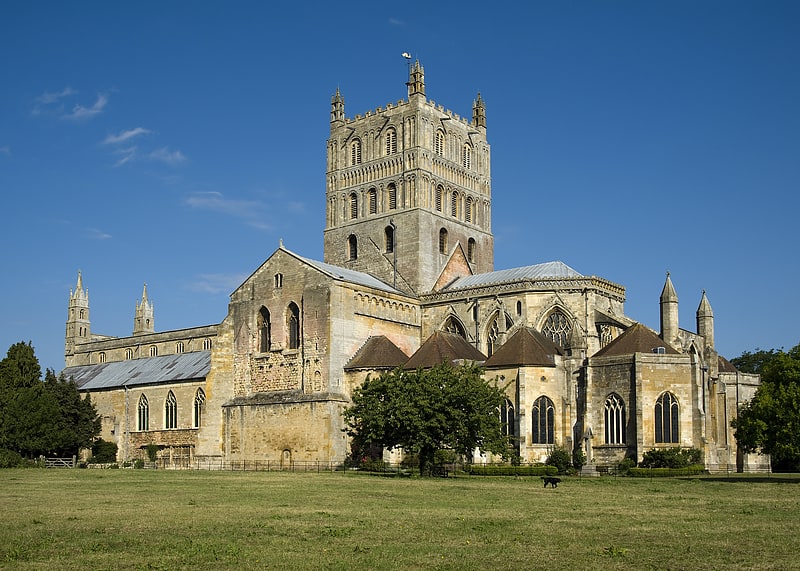
Medieval building with Romanesque tower. The Abbey Church of St Mary the Virgin, Tewkesbury–commonly known as Tewkesbury Abbey–is located in the English county of Gloucestershire. A former Benedictine monastery, it is now a parish church. Considered one of the finest examples of Norman architecture in Britain, it has the largest Romanesque crossing tower in Europe.
Tewkesbury had been a centre for worship since the 7th century. A priory was established there in the 10th century. The present building was started in the early 12th century. It was unsuccessfully used as a sanctuary in the Wars of the Roses. After the Dissolution of the Monasteries, Tewkesbury Abbey became the parish church for the town. George Gilbert Scott led the Restoration of the building in the late 19th century. The church and churchyard within the abbey precincts include tombs and memorials to many of the aristocracy of the area.
Services have been high church but now include Parish Eucharist, choral Mass, and Evensong. These services are accompanied by one of the church's three organs and choirs. There is a ring of twelve bells, hung for change ringing.[1]
Address: Church St, GL20 5RZ Tewkesbury
Tewkesbury Town Hall
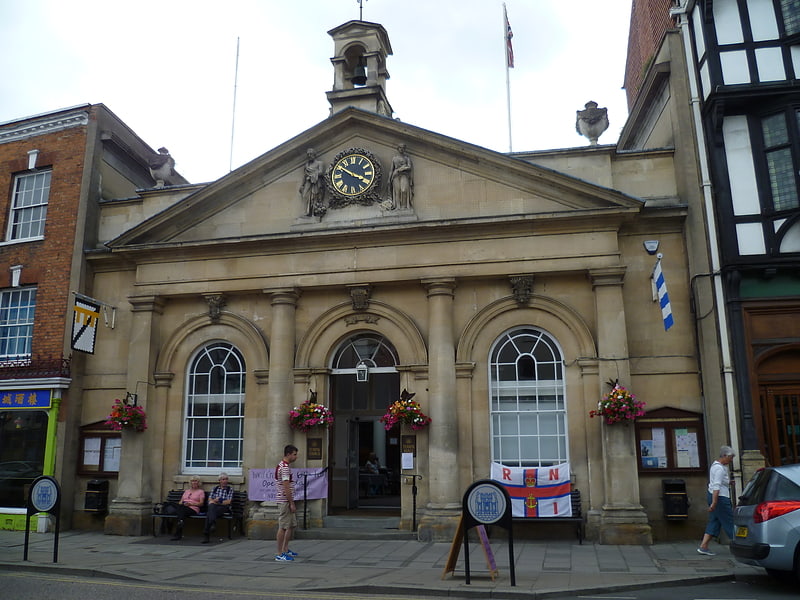
Tewkesbury Town Hall is a municipal building in the High Street in Tewkesbury, Gloucestershire, England. The building, which is the meeting place of Tewkesbury Town Council, is a Grade II* listed building.[2]
Address: 100 Church Street, GL20 5AB, Tewkesbury
Mythe Bridge
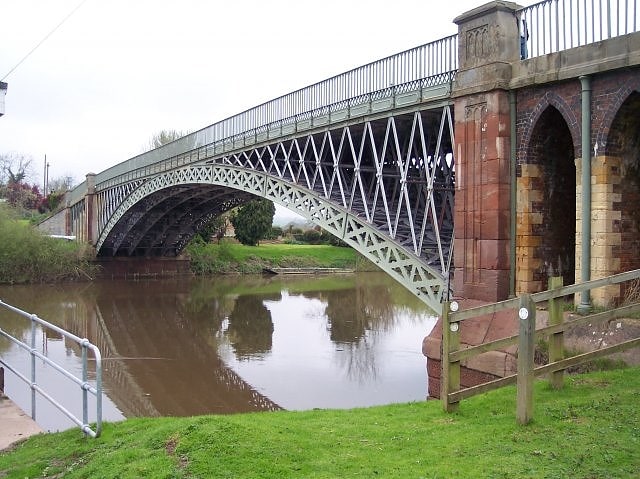
Arch bridge in England. Mythe Bridge carries the A438 road across the River Severn at Tewkesbury. It is a cast-iron arch bridge spanning 170 feet and 24 feet wide, designed by Thomas Telford and completed in April 1826. It is a Grade II* listed structure.
Telford was appointed to design the bridge in 1823, following a dispute between the bridge trustees and their existing architect, who had proposed a bridge with three shorter iron arches. Telford changed the scheme to a single span so as to reduce interference with navigation of the river, and also to eliminate the expense of constructing foundations in the river gravels.
Like Telford's Craigellachie Bridge, Mythe Bridge was cast by William Hazledine, and is similar in form to Telford's Galton Bridge, which spans the Birmingham Canal at Smethwick. It has six cast iron ribs, each cast in 23-foot (7m) lengths, with spandrels filled with X-shaped bracing. Telford described the iron as "best Shropshire iron, commonly called No. 2"'. The arch rises 17 feet (5.2m), one tenth of the span. The X-bracing carries the diagonal crossed bracing to the spandrels beneath the beam, as well as to the carriageway and balustrade. The abutments at either end of the bridge houses a group of six tunnel vaults with pointed arches and stone quoins. These are separated by the attached colonnettes. Hugh McIntosh was contractor for the embankment and abutments.
The total cost of the bridge including masonry approaches was £14,500, It was originally a toll bridge, but tolls were removed in 1850. An Ordnance Survey map of 1884 shows a toll booth at either end of the bridge.
Telford wrote:
I reckon this the most handsomest bridge which has been built under my direction...
The bridge was designated a Grade II* listed building on 4 March 1952, the reason for listing it being that it is of "technological interest as a bridge of iron construction with a 52m span designed in the early 1820s, part of the first generation of this technologically significant type of bridge" and because of its "engineering interest as a significant bridge built by Thomas Telford." Historic England has placed the bridge on the Heritage at Risk register.
In 1923, the decking was strengthened by adding a reinforced concrete slab. In 1990, tests showed the bridge was too weak for many heavy goods vehicles, and traffic was limited to a 7.5 ton maximum. This was increased to 17 tons after the bridge had been strengthened in 1992. The secondary members needed strengthening and this was effected by enhancing the shear strength of the transverse cross beams by bonding steel plates to the web of the cross beams. The longitudinal cross-bracing was strengthened by using angle splints and the space between the splints and the cross-bracing was grouted. Additional transverse bracing was supplied by reinforcing the central spine of the arch, with one end bolted to steel sleeves, and the other end bolted to the cross beams at the top of the arch.[3]
The John Moore Countryside Museum

Specialty museum, Museum
Address: 41 Church St, GL20 5SN Tewkesbury
Severn Ham

National reserve in England. Severn Ham, Tewkesbury is a 70.82-hectare biological Site of Special Scientific Interest in Gloucestershire near Tewkesbury, notified in 1974.
It is on the east side of the Severn to Old River Severn, Upper Lode SSSI.[4]
Old Baptist Chapel
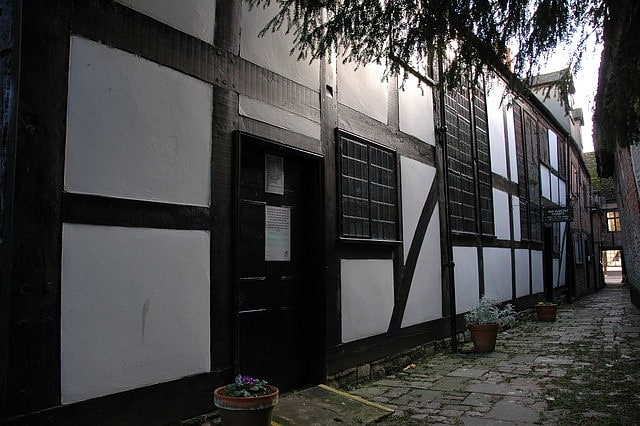
Church in Tewkesbury, England. The Old Baptist Chapel is a Grade II* listed building situated in Church Street, Tewkesbury, UK. Records show that a Baptist congregation has been in existence in the town since 1623, but the exact date of the present building is unknown.
The building was originally a timber-framed house, believed to date from the 15th century, standing in a back alley now known as "Old Baptist Chapel Court", opposite Tewkesbury Abbey, and may have begun to be used as a meeting place by the local Baptists as early as 1620. The house was adapted, probably in around 1720, for use by the local Baptist congregation in their worship, and a baptistery was installed. The façade and windows date from this conversion.
Later in the 18th century, a new Baptist chapel was built in nearby Cheltenham, and in 1805 a new chapel opened in Tewkesbury, with the old chapel being converted back to residential use. In the 1970s, it was restored by the local authority, Tewkesbury Borough Council, and now appears much as it would have done in 1720. The 1805 building was replaced during the 1980s.
The old chapel is now managed by the John Moore Museum on behalf of Tewkesbury's Abbey Lawn Trust. In 2015, it was awarded a grant of £189,500 from the Heritage Lottery Fund towards a three-year programme of refurbishment, resulting in the installation of kitchen and toilet facilities. Behind the chapel is a small cemetery, now administered by Tewkesbury Borough Council. The chapel is open to the public and is used as a concert venue, among other things.[5]
Mythe Chapel

Building. The Mythe Chapel is located at Tewkesbury on the Mythe. The Mythe Chapel was the only place of worship on the Mythe after the Dissolution. The chapel was built in 1870 with funds from the Marquis de Lys who had lived in Tewkesbury since 1863. An old group of stables originally occupied the site and were partly incorporated into the new building to which windows, niches and buttresses were added.
The re-awakening of Catholicism in Tewkesbury was signalled by an anonymous notice in the Laity Directory of 1834. It read. “A gentleman, in the neighbourhood, is willing to assist in establishing a chapel in Tewkesbury, when this desirable object can be entered upon with a probability of success”.
The Mission was established in 1870. The first Missioner was Father Thomas William Fenn, D.D. who remained at Tewkesbury until his retirement in June 1905. The first St Joseph's Church opened at the Mythe on St. Joseph's Day, 19 March 1870. Vicar General, Mgr Bonomi, performed the ceremony. On 8 December 1870 Pope Pius IX declared St Joseph to be Patron of the Universal Church. In 1977 the present St Joseph's Church, formerly a telephone exchange erected in 1938, was opened for Catholic worship and the old church at the Mythe was disposed of.
In 1977 the Mythe Chapel was deconsecrated and the church moved its venue to Tewkesbury. The original stained glass windows were removed and relocated to the new facility. The Mythe Chapel was used for industrial purposes before being converted into residential housing by Peter and Wendy Vose between 1988 and 1990. The old presbytery was converted into September House and the main chapel was converted into a pair of cottages (1 and 2 September Cottages) retaining the original oak beams and carved oak chapel door as interior features.[6]
Old River Severn
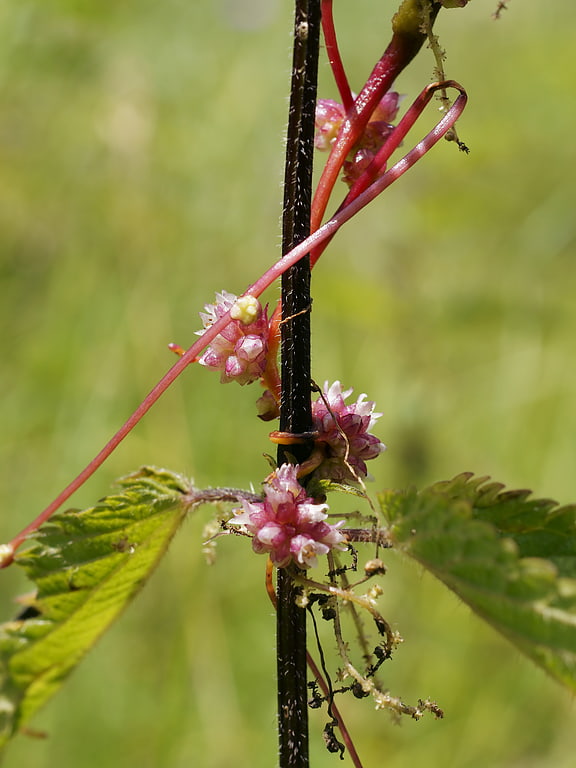
Old River Severn, Upper Lode is a 3.72-hectare biological Site of Special Scientific Interest in Gloucestershire, notified in 1985. It is a cross county border site between Gloucestershire and Herefordshire and Worcestershire.
It is on the west side of the Severn to Severn Ham, Tewkesbury SSSI.[7]
Overbury Court
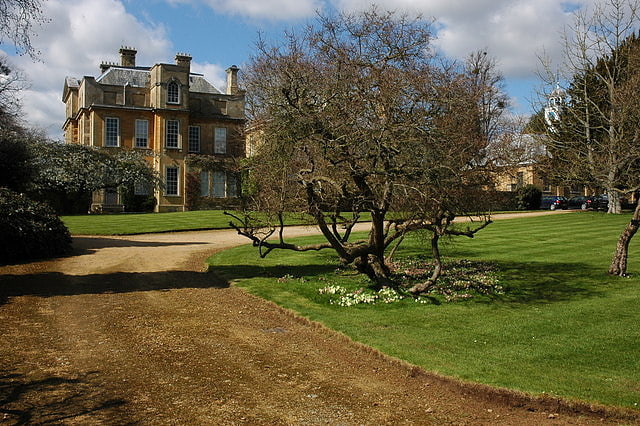
Overbury Court is a Georgian style country house in Overbury, Worcestershire, England. It is a privately owned Grade II* listed building.
It is built in two storeys of golden limestone ashlar with a hipped Welsh slate roof behind tall parapets and with large ashlar ridge stacks. An additional attic storey is of a darker stone and incorporated into the parapet. The front facade has 7 bays, of which the 2 central bays break forward and are surmounted by a pediment.
The surrounding parkland comprises a linear belt of land some 2.5km by 0.75km and is Grade II* listed in its own right.[8]
Abbey Gatehouse
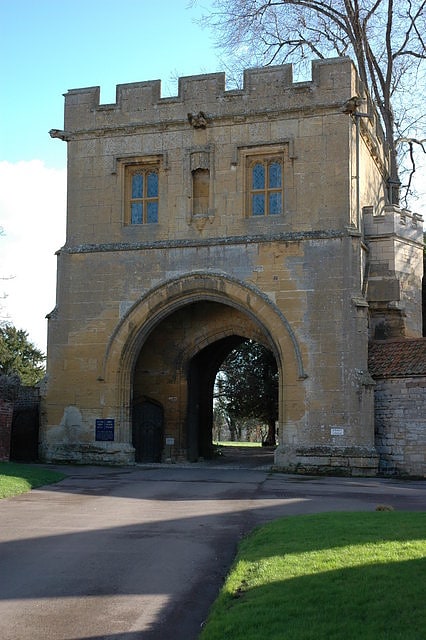
Abbey Gatehouse is a gatehouse building to Tewkesbury Abbey, in Tewkesbury, Gloucestershire, England. It is a Grade I listed building.
The building was constructed in stone ashlar around 1500 A.D, and has a single large room at first-floor level accessed by a narrow spiral stair. It survived the dissolution of the monasteries in 1540, but by the early 19th century the building had fallen into disrepair and was derelict. In 1849 the then owner, John Martin, M.P. for Tewkesbury, employed the services of local architect James Medland to undertake its repair and it was fully restored.
In the 20th century the building was used for various parish uses, but the difficult access restricted its useful purpose. In 1986 a lease was negotiated with the Landmark Trust, who set about refurbishing and conserving it, and providing facilities to suit its current use as holiday accommodation.[9]